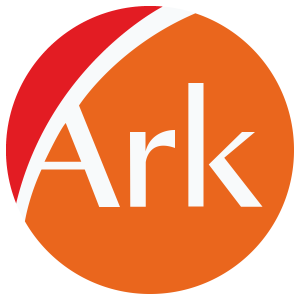
The 5 New Digital Safety Must Haves for BTR
The new Building Safety Act unprecedented legal changes greatly affecting the residential property market and placing new and far-reaching obligations and with that a large number of organisational burdens and document keeping. This webinar looked at how technology and new developments can reduce this burden and help the Accountable Person gain more control, peace of mind and visibility.
Here is a snippet of some of the points David Hills, Senior Director at Ark Workplace Risk covered during the webinar:
Why is technology so integral to the successful application of the Building Safety Act 2022?
The Building Safety Act 2022 (and the subsequent secondary regulations) requires “Accountable Persons” and “Principal Accountable Persons” in respect of HRB’s to –
Give prescribed information to:
- the regulator,
- other accountable persons,
- residents,
- other owners an
- other “prescribed persons”
In a manner and form which will be prescribed by regulations… a digital first approach.
In addition, the Act (and the subsequent secondary regulations) will also require “Accountable Persons and “Principal Accountable Persons” to:
- Verify,
- Secure,
- Store,
- Keep up to date, and
- Share
Relevant and proportionate information on Building Safety
The Golden Thread and technology
The golden thread covers all documentation through
- design,
- construction,
- occupation,
- Refurbishment, and
- ongoing management of a building
It’s not just about the documents, it’s also about the information management processes and systems/platforms used to support building safety
The Building Safety Case and technology
Safety Case
The safety case is all the information you will use to manage:
- the risk of fire spread
- the structural safety of your building
Some of this information will show how you are: •preventing fire spread and structural failure in your building
- limiting their consequences
Safety Case Report
The safety case report is a narrative document that summarises your safety case.
It identifies your building’s major fire and structural hazards. And it shows how you are managing the risks as far as you can.
The report should give the reader confidence that you:
- have identified your building’s major fire and structural risks
- are managing and controlling them
Accountable Persons and Compliance Reporting
Building Safety Act 2022 Reporting
It’s about;
- Proving you know your assets
- Proving are acting…and acting promptly
- Proving you have the right documents and information
- Proving you are managing safety
- Proving you are manging occurrences and complaints
- Proving your claims of “safety”
To the Regulator, Other AP’s, Residents and Other Relevant Parties
How technology can help reduce building insurance premiums
We’ve been working with a select group of insurance brokers to support our clients. It’s about telling an advantageous story:
- Proving your claims of safety
- Ability to demonstrate an effective management
- regime
- Ability to be:
- aware of the actual (rather than perceived) risks
- to show effective and prompt remediation of issues
- to show and demonstrate effective levels and quality of management regime in place
Technology platforms can therefore provide that story.
…it’s about having the EVIDENCE
Wouldn’t it be great if you could demonstrate your Safety Management System and your Risk Management Performance for your building to your insurers
We have been working with several clients on supporting their risk management position
Case Study – The O2…
“…with QUOODA® enterprise software and the dedicated support team, we estimate that we saved over £114,000 this year solely on our insurance premiums.
Even better – we spent far less time reaching our compliance goals thanks to QUOODA® ensuring we were aware of what needed to be prioritised.”
Step Pathway to Compliance
Step 1
Audit to Create Gap Analysis
- Determine who is responsible/accountable
- Determine what technology you have and/or require to meet long term needs and are you ready.
- Determine what information you have, who has it and where it is
- Determine what additional activities are needed to complete the pathway to compliance (safety case, engagement strategy, management systems etc.)
Step 2
Devise short term plan to address BSB gaps
- Technology Solution and Integration
- Resource requirements
- Security
- Changes to organisation
Step 3
Plug those gaps
- Technology
- Information
- Integration
- Management System
- Accountabilities
- New Roles
- New Activities
In summary, technology is capable of accelerating pathways to compliance.
- QUOODA can support you with the Golden Thread
- QUOODA can support you with the Build Safety Case
- QUOODA can help you provide you provide evidence of compliance and risk management that could result in reduce premiums
CTA: Learn more or book a demo button/link with the following link:
Book a QUOODA Demo | Property Risk Compliance & Safety Software (arkworkplacerisk.co.uk)